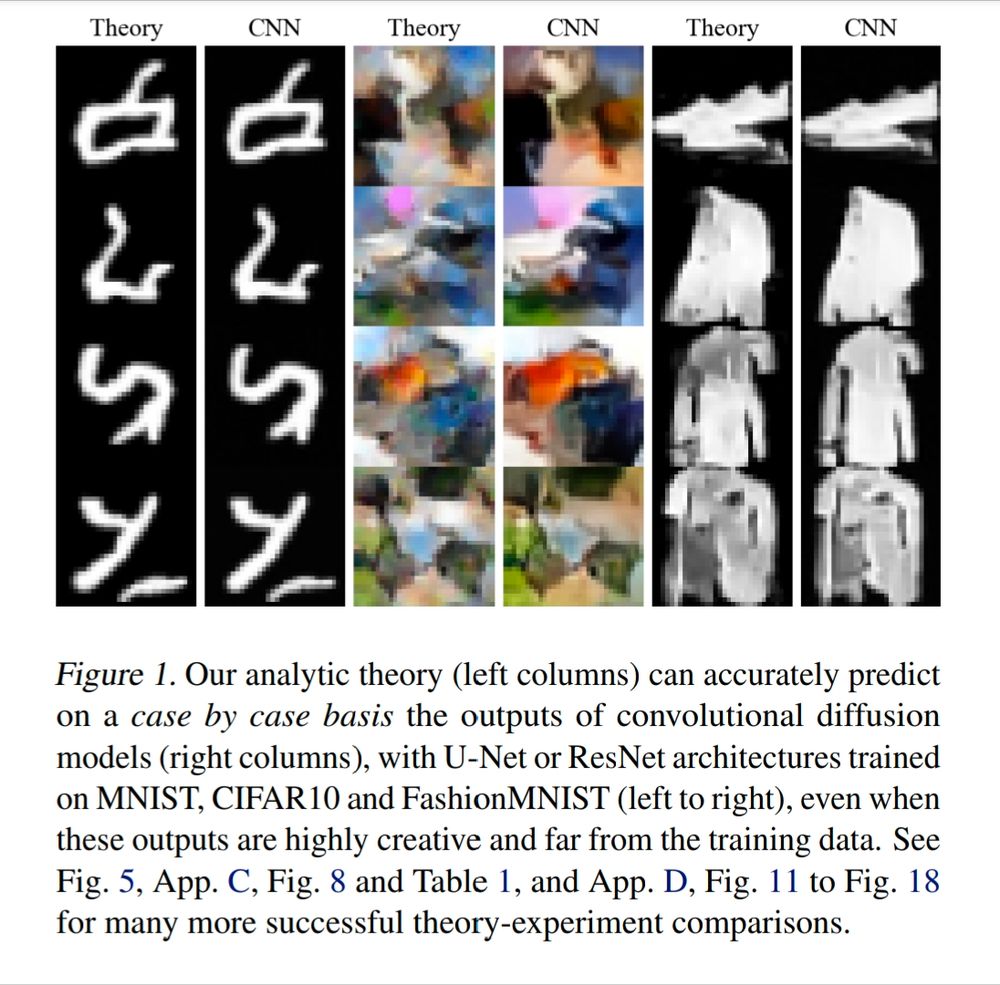bsky.app/profile/maso...

bsky.app/profile/maso...
- read our paper (now with faces!): arxiv.org/pdf/2412.202...
- use our code + weights:
github.com/Kambm/convol...
- read our paper (now with faces!): arxiv.org/pdf/2412.202...
- use our code + weights:
github.com/Kambm/convol...
Code should be out soonish, working to bring the repo into a fit state for public consumption (currently it's a bit spaghettified). Colab not yet in the works, but perhaps it should be…
Code should be out soonish, working to bring the repo into a fit state for public consumption (currently it's a bit spaghettified). Colab not yet in the works, but perhaps it should be…





